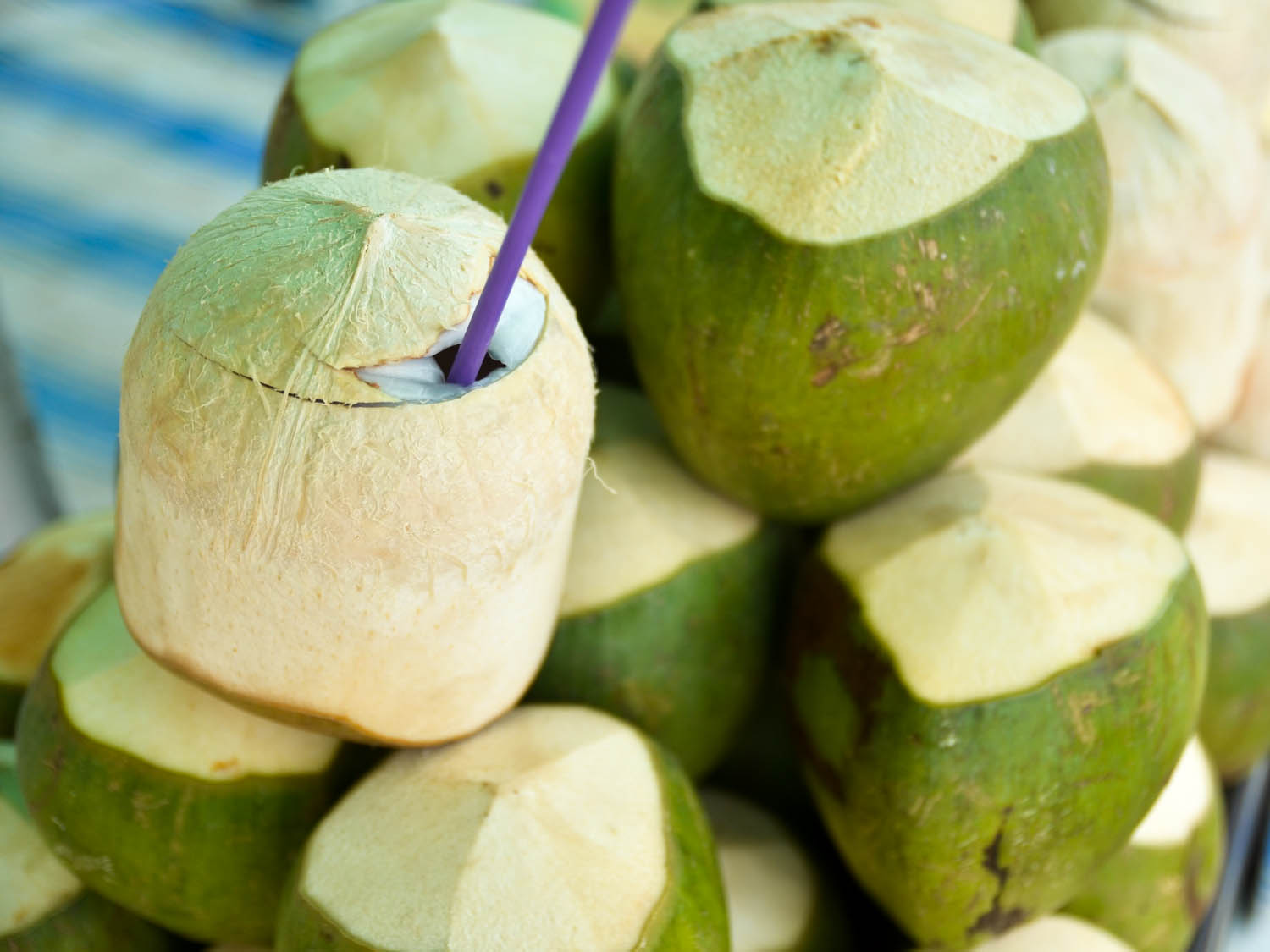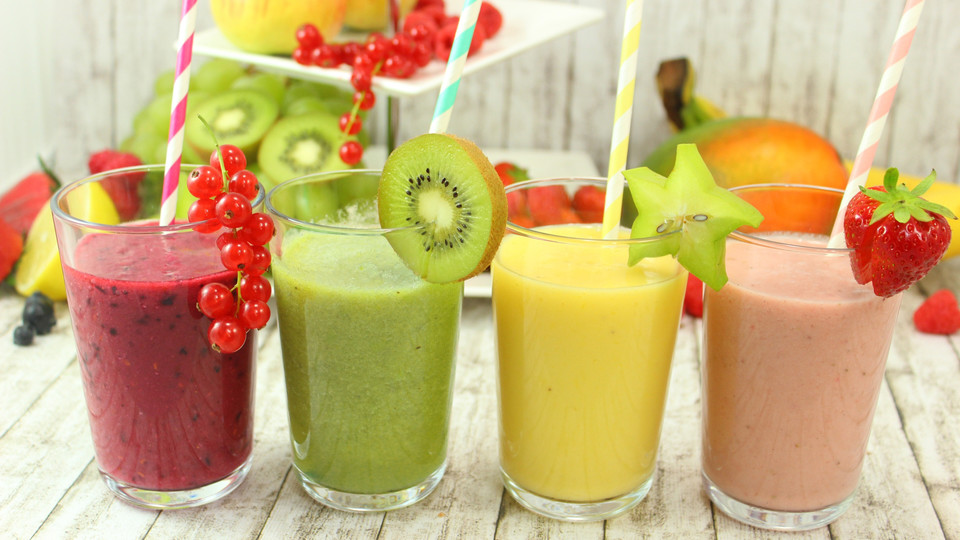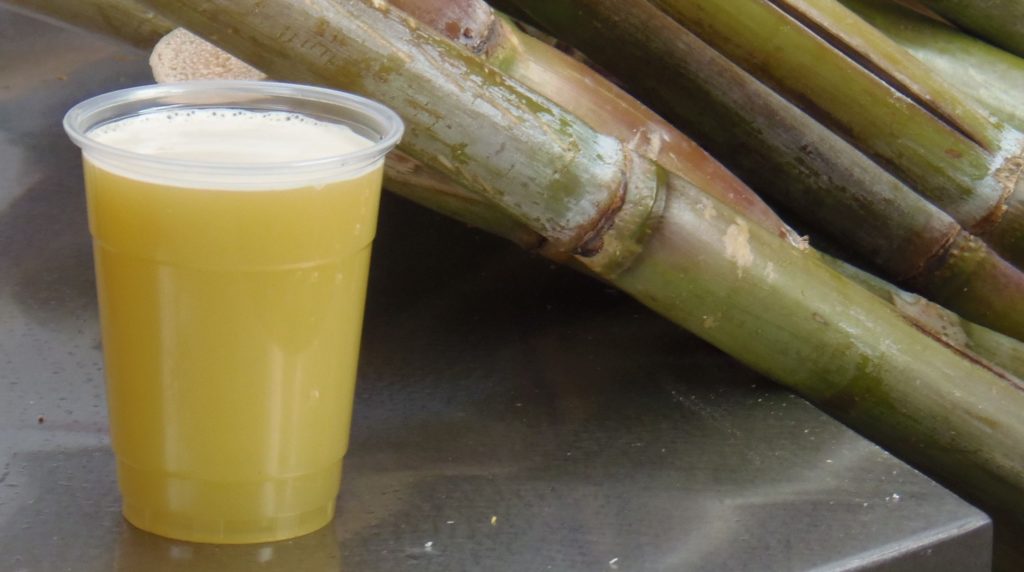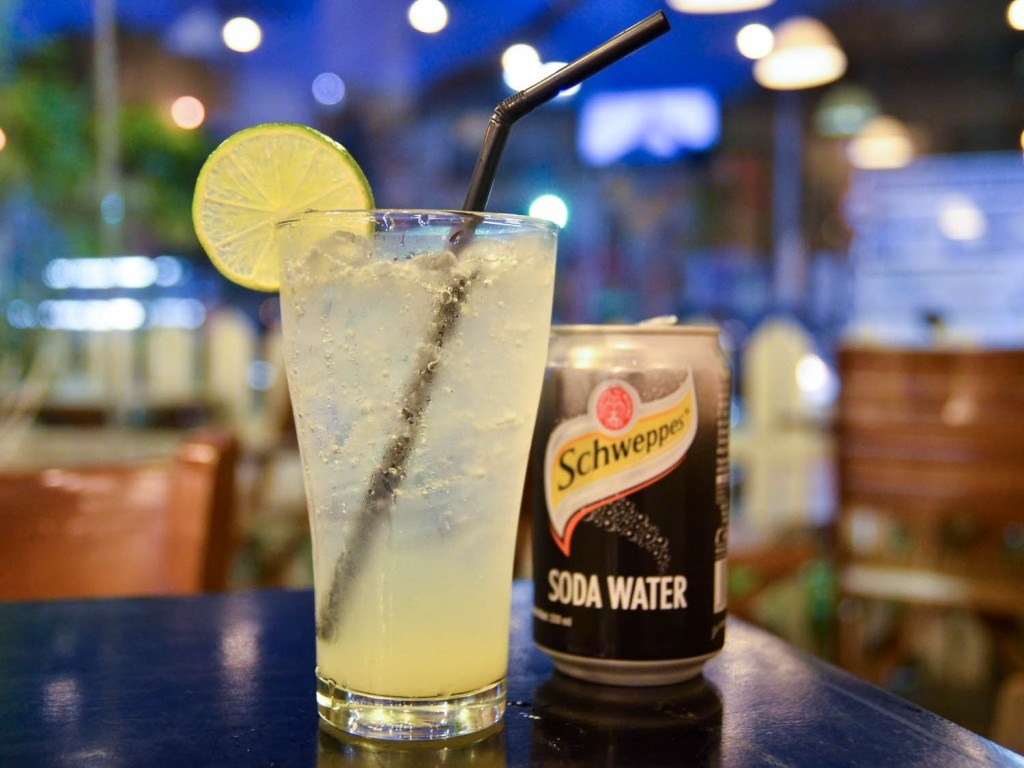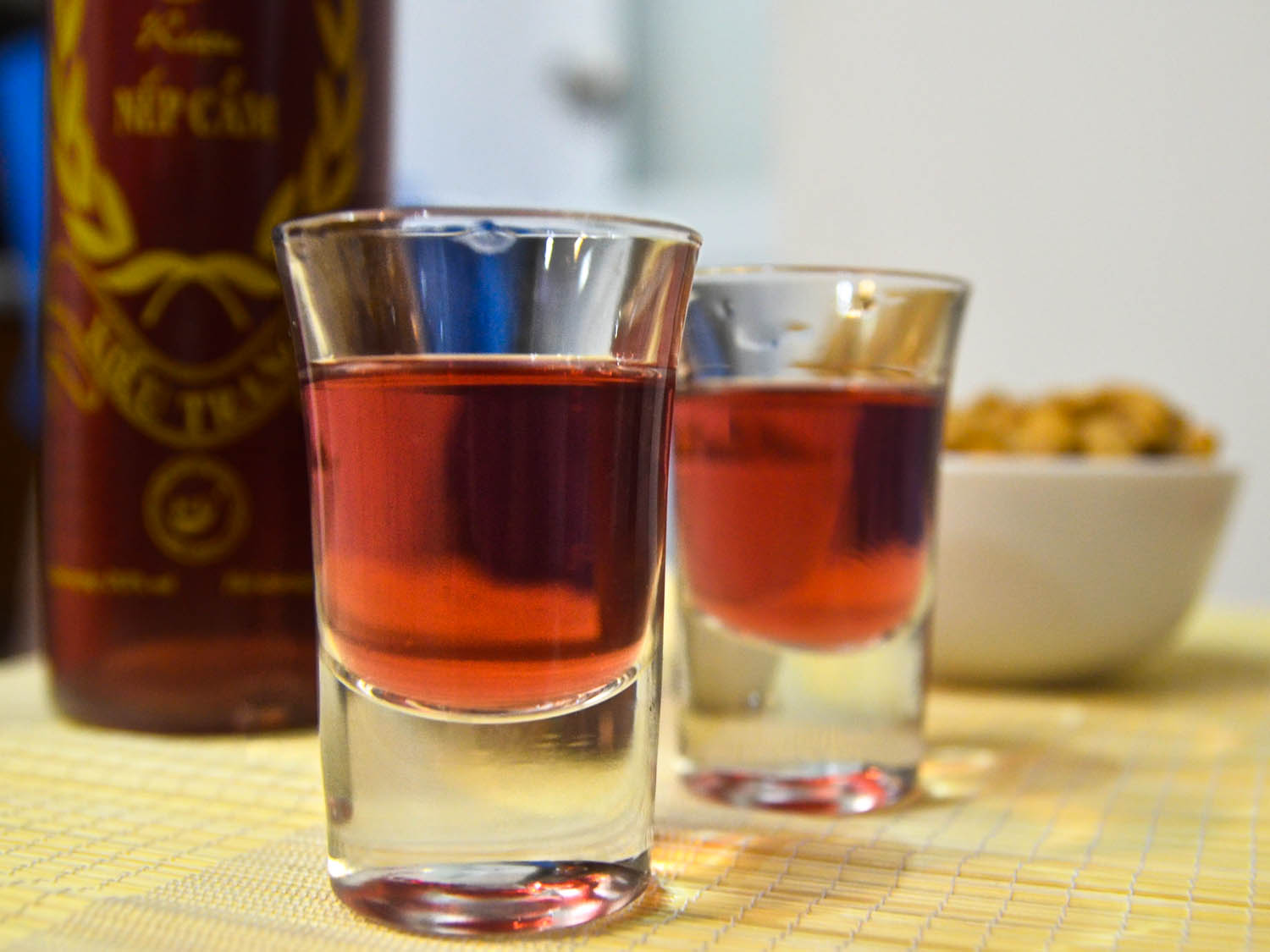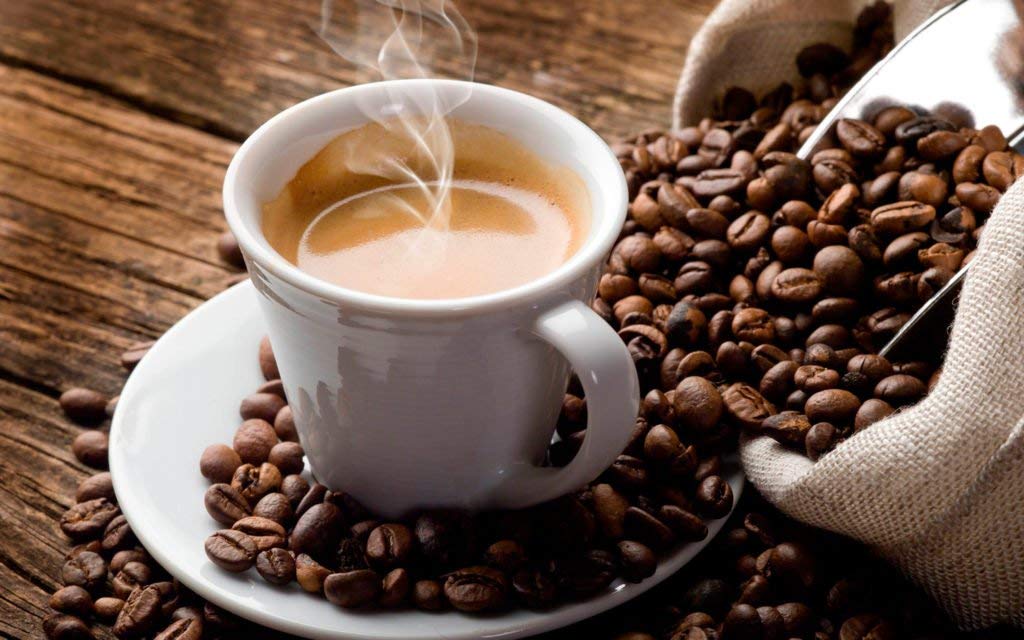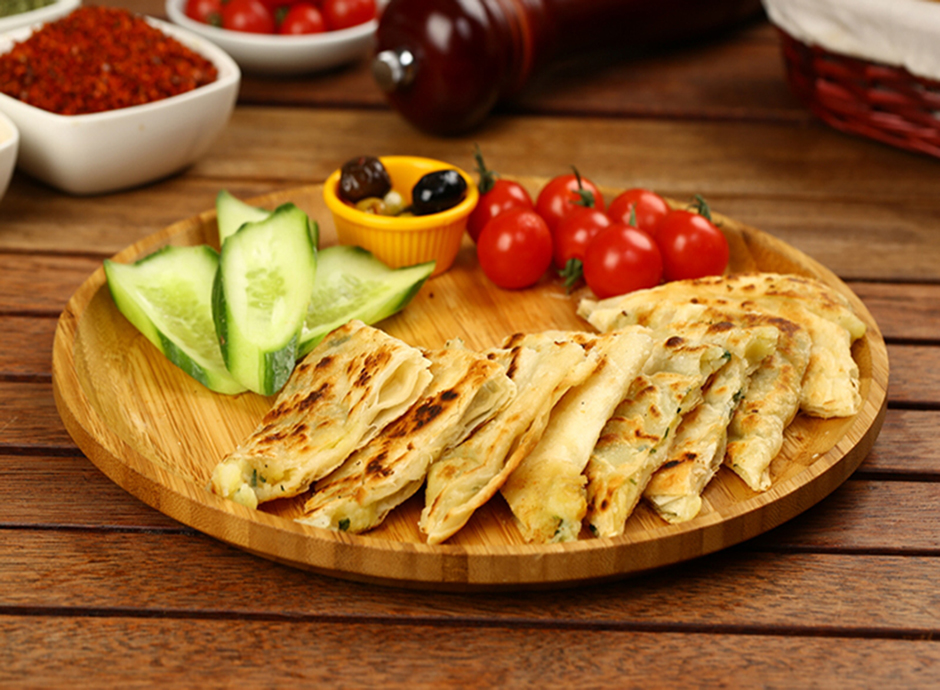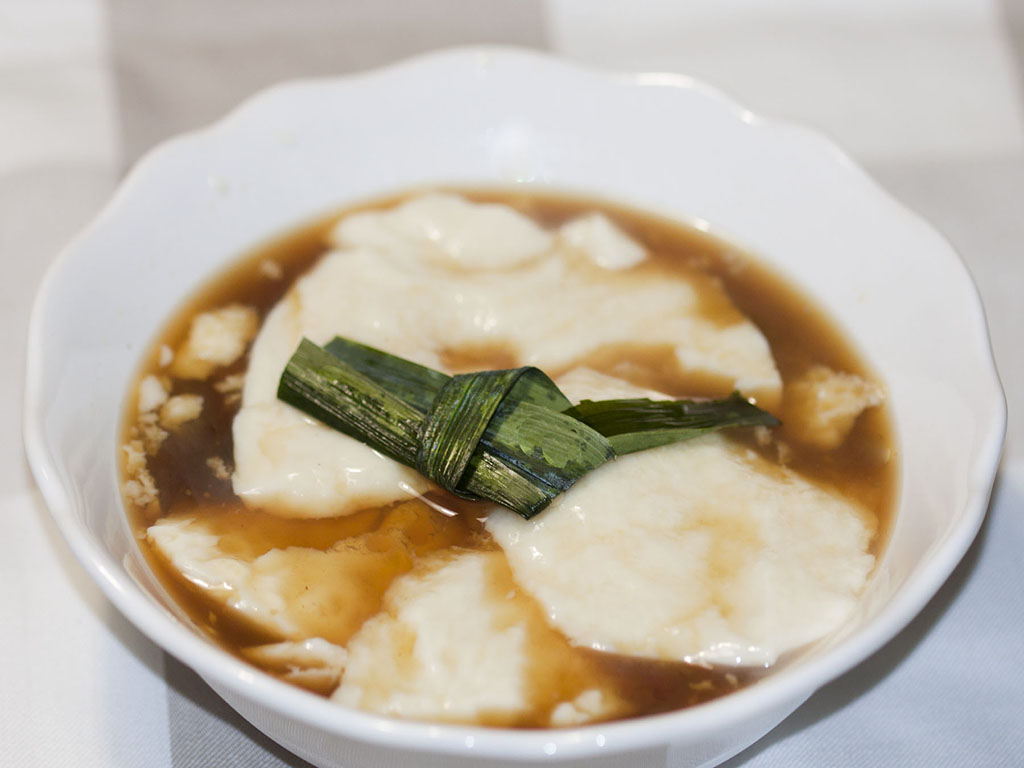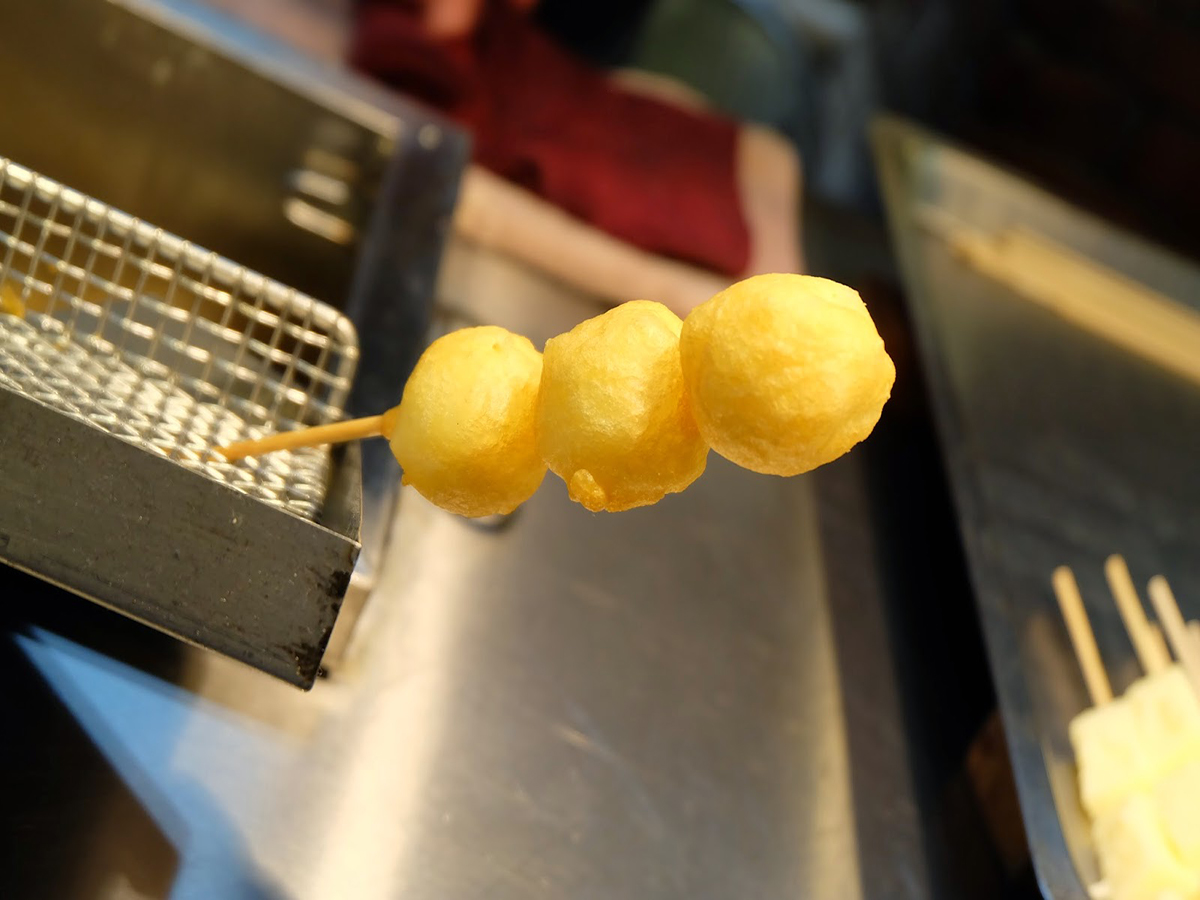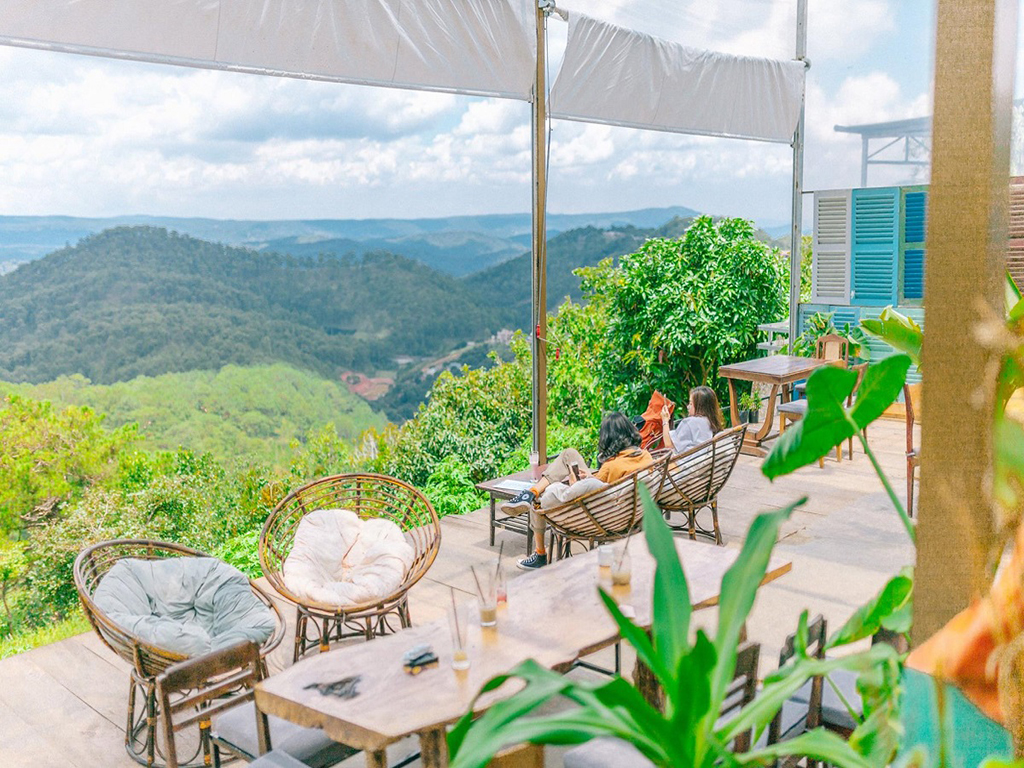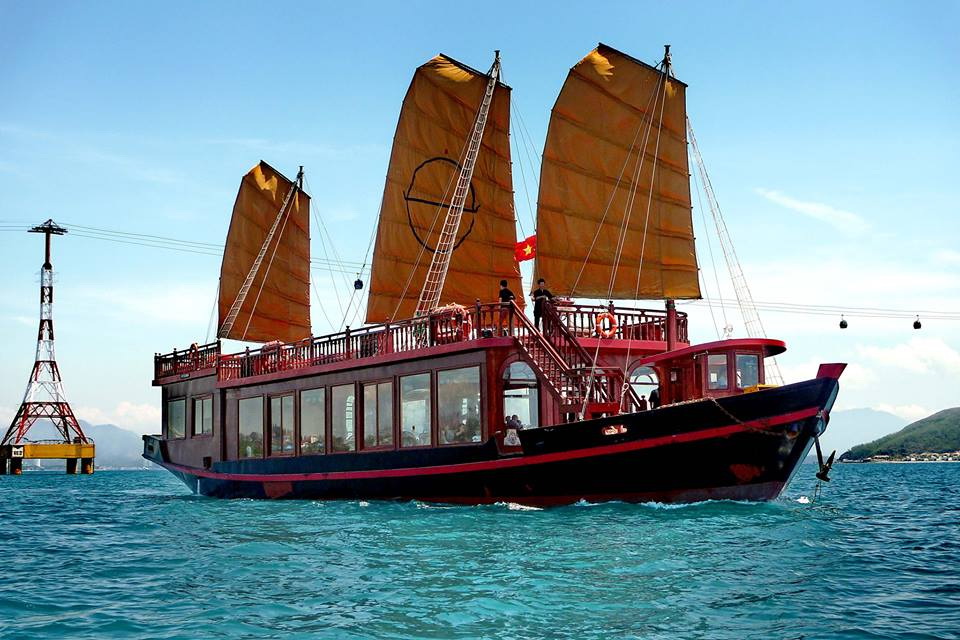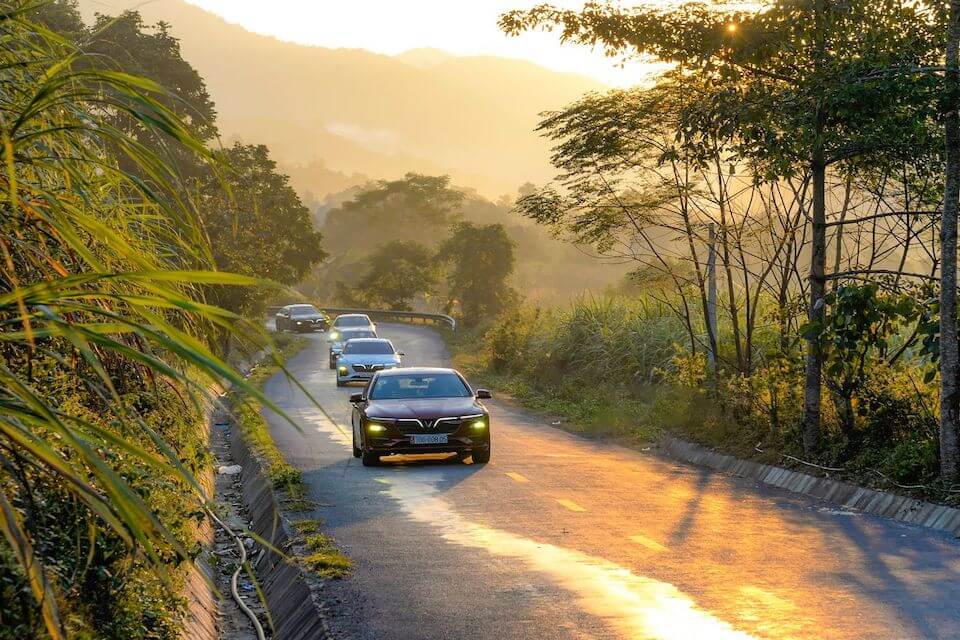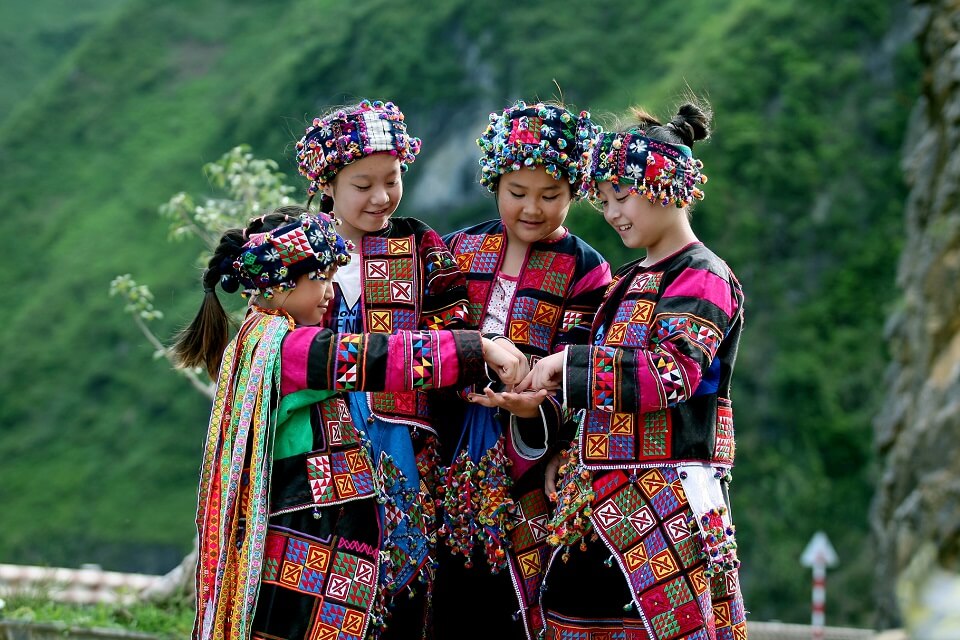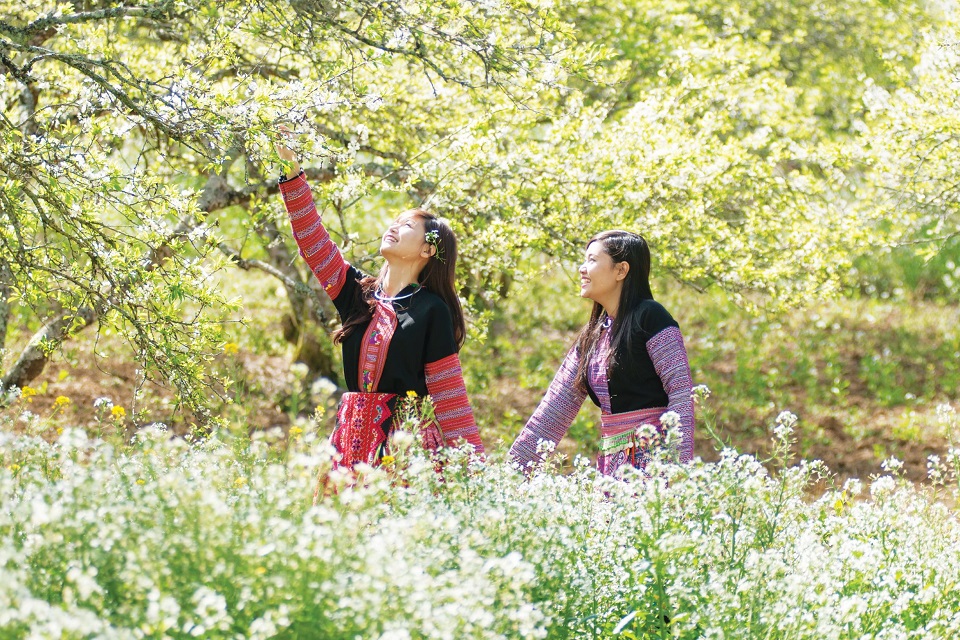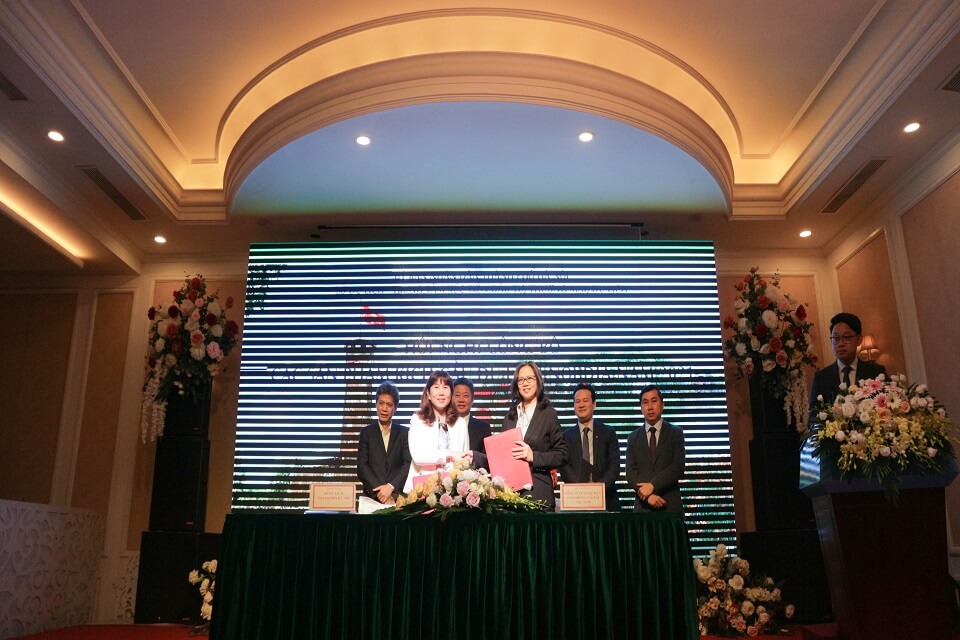9 Must-Try Vietnamese Drinks
Vietnamese cuisine is world-famous, but few visitors to the Southeast Asian country think about what they'll be sipping on the streets of Hanoi or Ho Chi Minh City. That's a mistake: the country's drinks are as delicious and diverse as its cuisine.
Dừa Tươi (Fresh Coconut)
Whole coconuts are unwieldy to store, so vendors will chop off the outer green husk and keep the small white inner shell, cut into a shape that won't fall over when put on a flat surface. These white globes are usually kept on ice until you order one, then a giant machete is used to chop a hole in the top.
Coconuts are usually harvested when they're about seven weeks old—any earlier and the juice is gassy, any later and it tastes too salty. To judge the readiness of a coconut, the harvester will chop one open to inspect the flesh, which should be jelly-ish but not completely translucent. Hard white coconut flesh is a sign that the fruit is too old for drinking.
Locals will advise you not to drink coconut water after 5 p.m. if you want to sleep well, because they believe it has diuretic properties if you drink too much of it; before 5 p.m., however, it's the go-to drink for rehydrating.
Sinh Tố (Fruit Smoothie)
Nước Sâm (Herbal Tea)
Nước Mía (Sugar Cane Juice)
Trà Atisô (Artichoke Tea)
Soda Chanh (Lime Soda)
Bia (Beer)
Many Vietnamese beers are only available in their home region, so your options will vary depending where you travel. In the southern hub of Ho Chi Minh City, formerly known as Saigon, the local beers are Saigon Red, Saigon Special and 333, all lightly hopped and slightly sweeter than beers from other parts of the country. In the central region of Vietnam, the local beers are Huda (the name combines the words Hue, Vietnam's former Imperial capital, and Denmark), and Bia La Rue, a slightly more bitter beer believed to have originated from a French recipe. A visit to Hanoi is not considered complete without a pilgrimage to Bia Hoi Corner (at the junction of Luong Ngoc Quyen, Ta Hien and Dinh Liet) to try bia hơi (fresh beer), a low-alcohol draft beer with a clean, crisp taste.
Of course, the locals don't always choose the local brew. Holland's Heineken, Singapore's Tiger Beer, and Japan's Sapporo are also popular, and there's an increasing number of microbreweries producing a range of craft beers. Brewpubs in Vietnam usually serve Eastern European fare, such as sausages and sauerkraut, which is eaten local-style: with chopsticks.
Rượu Nếp Cẩm (Sticky Rice Wine)
A range of wonderful snacks such as spicy squid jerky and barbecued meat or seafood usually accompanies this type of drinking session. Sticky rice wine (rượu nếp cẩm) is smoother and sweeter than the regular rice wine, which can be quite fiery. Neither should be confused with rượu thuốc, "medicine wine," which is rice wine bottled with medicinal items which run the gamut from whole cobras, cuckoos, and seahorses to vegetarian options containing only herbs.
Cà Phê (Coffee)
The two most popular ways to drink local coffee are cà phê sữa đá (iced coffee with condensed milk) or cà phê đá (iced black coffee). Note that unless you specifically request "không đường" (no sugar) or "ít đường" (a little sugar), the black version will come with four or five teaspoons.
You can also get your caffeine fix with a yogurt coffee or the Hanoian specialty, egg coffee, made with whipped egg yolk. These caffeinated wonders are so delicious it's easy to suck them down in three quick slurps. Yet the locals will spend an hour or more enjoying a coffee and the free iced tea that's often served alongside it. Having a coffee is an excuse to sit and watch the world go by, either from a small chair at a streetside stall or from the window of a blessedly air-conditioned cafe.
Source Seriouseats

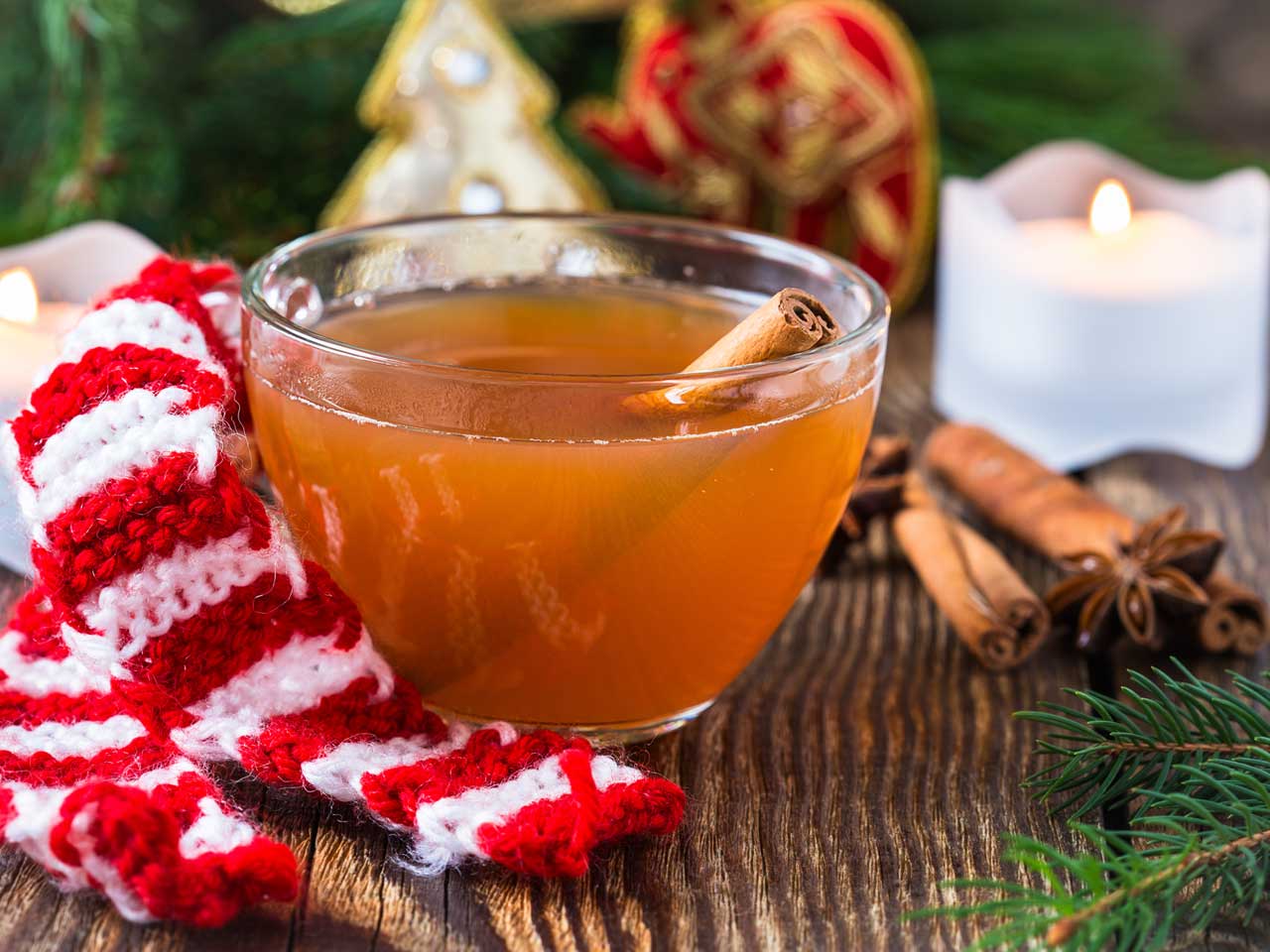
The best Christmas drinks from around the world
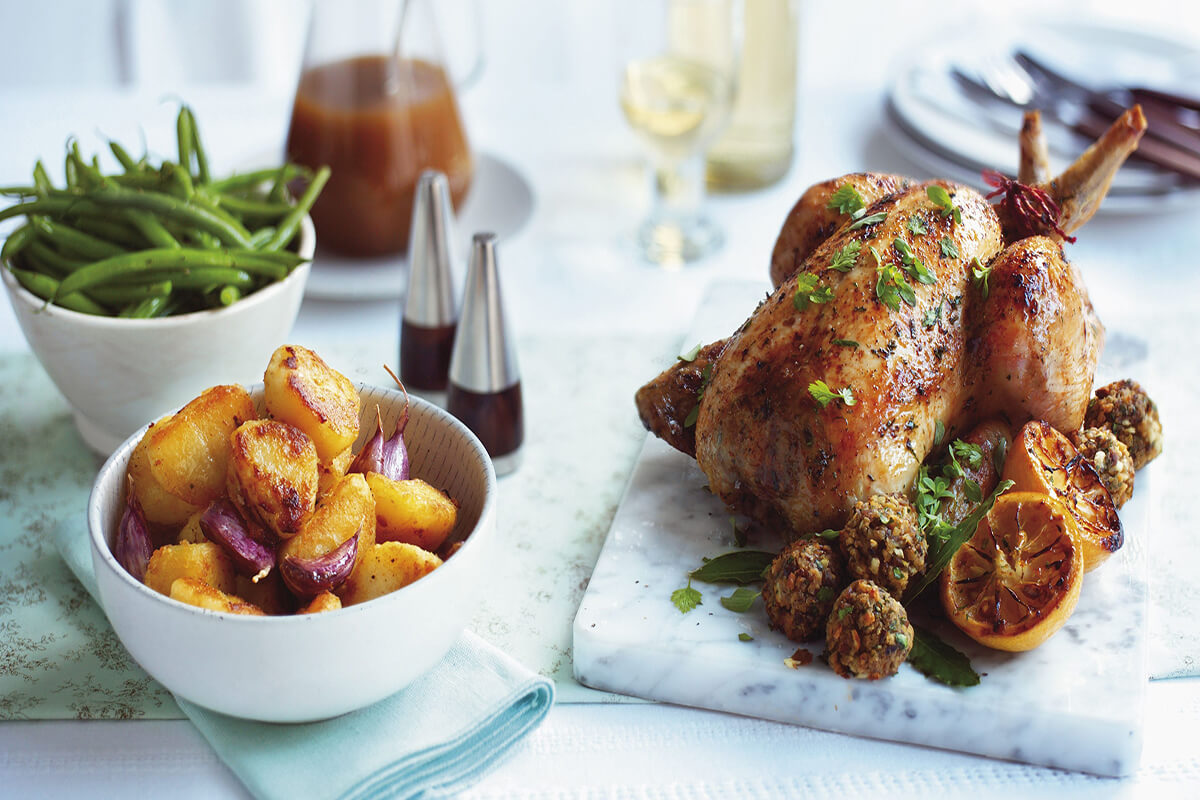
Traditional Christmas dishes from around the world
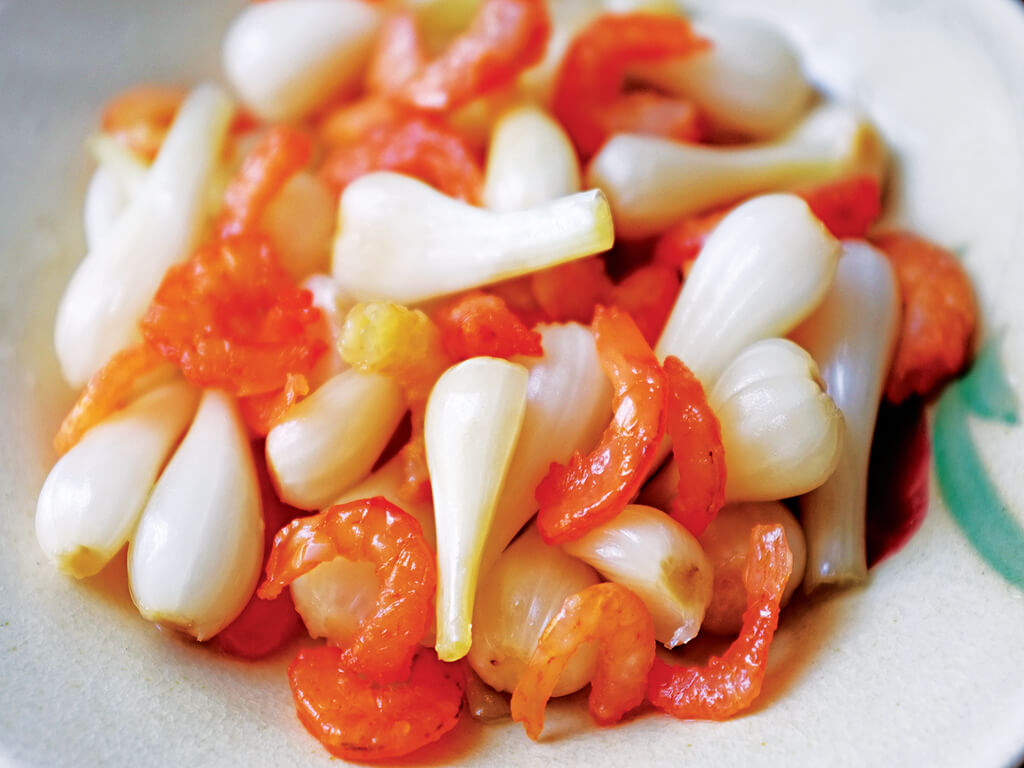
10 traditional Vietnamese Tết Dishes
The best restaurants in Chiang Mai
Chiang Mai is famous for the good Northern Thai cuisine that is different from what you see in Bangk ...
Top five foods to try in Turkey
Turkish food can be found in most major cities and has become an increasingly popular type of cuisin ...
Dining in paradise: The Maldives' finest tables
Set in the impossibly turquoise blue waters of the Indian Ocean, the islands of the Maldives have be ...
10 best desserts to try in Hong Kong
Desserts are serious business in Hong Kong – so much so that there are shops devoted entirely to des ...
7 foods to eat in Shilin Night Market, Taiwan
Taiwan is known for its street foods and snacks, definitely the one of the favourite stops of foodie ...
Where to drink in Da Lat
Da Lat does not offer the same buzzing drinking and nightlife opportunities as a metropolis like Sai ...







